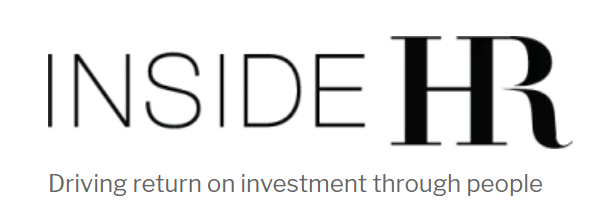
Building engagement by moving from the head to the heart is about willingly engaging with diversity of thought, opinion, culture, and experience versus sitting comfortably only among those who think, believe and behave just like you, writes Janine Garner
Every single one of us is so much more than our job titles, salaries, the cars we drive and where we live. It doesn’t matter whether you’re a leader or an employee, we all crave to be engaged and excited about our work within teams, with our clients and with each other. Engagement is fundamentally about meeting people where they’re at, getting curious, finding a connection point and moving forward together.
As HR professionals, we know that when we build engagement:
- We create a positive workplace
- Our teams are willing to put in the extra effort
- We treat each other with respect and acceptance
- We are more productive and successful
- We are more innovative, thinking outside the box, and curious about how we can improve and do better.
To increase engagement levels across the board, it takes more than a project plan with measurement milestones, we need to practise how we engage individually, human to human, and move from the head to the heart.
The results are in
In 1938, Harvard University began following 724 participants as part of the longest-running study on human development in history. The study was developed to determine what makes us happy. The study explored every part of who we are—from physical and psychological traits to social life and IQ—to learn how we can flourish. Findings were published in the 2012 book Triumphs of experience, with key results showing that happiness and health aren’t a result of wealth, fame or working hard, but come instead from our relationships and engagement with each other.
6 ways to move from the head to the heart
Building engagement requires a cultural shift to one that embraces curiosity and a genuine interest in the human being, in what’s really going on for them inside and outside of work. It’s about encouraging conversations within teams and amongst employees with the whole person—not just the job they do, their progress on a project plan or where they work.
Here are 6 ways to practise engaging with intent:
- Be present and in the moment: as HR professionals we need to teach employees to get out of their own heads and in place focus on the other person, be attention out versus attention in. We always remember how people make us feel and a positive experience builds engagement.
- Be interested: investing in training to develop deep listening skills is critical to gaining a broader perspective on opinion, thoughts, ideas and insight. So many of us listen to respond but fail to hear what is really being said. The answers and insights, the innovations that we are searching for to future proof our organisations are always there in front of us if we develop the skills to listen deeply. We feel valued and respected when others are interested in us and our thoughts and opinions and this builds collaboration and engagement.
- Give praise and encouragement: every single employee wants to feel like they are doing work worth doing. Encourage positive feedback on progress, initiative and effort. We all feel hope when others make us feel great about ourselves or help us find perspective and this builds engagement
- Commit to operating from a place of ‘we’: Togetherness can, and is the only thing that drives change. Silo’d working fuels ego and negative competition. When we feel connected and in it together this drives engagement.
- Be enthusiastic and have fun: Life right now is challenging. Change is constant, the questions are many and the answers are few. There is no doubt that many within our organisations are struggling with exhaust fatigue, stretch fatigue, emotional fatigue and mental fatigue and this impacts individual wellbeing and fuels disengagment. Encourage more fun and play at work as we build our strongest relationships when we laugh.
- Engage in two-way conversations: With the speech of change we are at risk of engaging in lots of one-way telling conversation and quite simply a transfer of information. Engaging with intent and sharing value with each other, engaging in two-way conversation, is where the transfer of humanity happens.
Engagement is all about people
Building engagment by moving from the head to the heart is about willingly engaging with diversity of thought, opinion, culture and experience versus sitting comfortably only among those who think, believe and behave just like you.
It’s about acceptance. It’s about debate, agreement and disagreement. It’s about knowing that only by engaging and coming together are we creating an opportunity to drive collective momentum.
It is also about being okay with being challenged about our own existing beliefs, to potentially rethink original thoughts and to be comfortable in the space of being proved wrong or unlearning and relearning.
At the end of the day, business has been and always will be about people. And leadership is and always has been about meeting people where they’re at, paving the path to a new future and creating a desire to collectively engage in the work that needs to be done to create movement in the direction you’re envisioning.
Discussion, debate, ideas and innovation need us, together, to engage. Support, help, solution finding and compassion only happen when we truly work together, when we engage and when we ultimately start re-engaging as people, heart to heart, first and foremost.
Source : Inside HR
Issued : August 12, 2020
